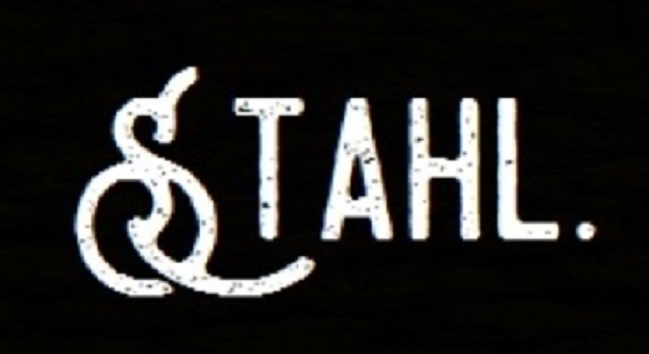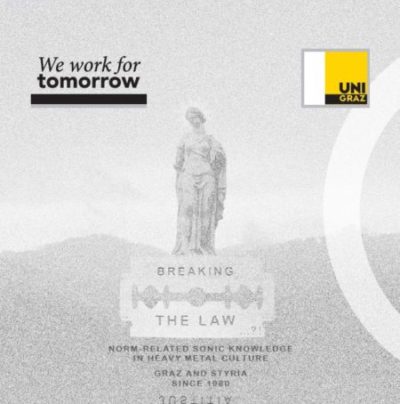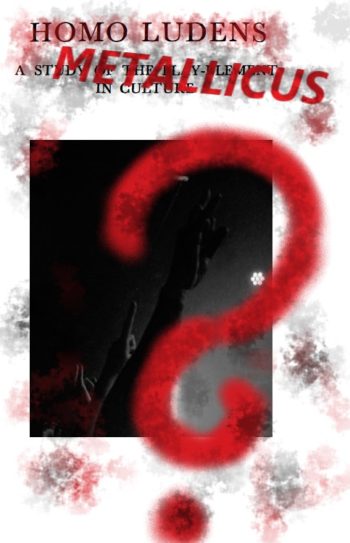It’s been quite a while since I posted something on my research project on Styrian metal scene. Since then, the investigations have progressed. I have conducted oral history interviews with about twenty interviewees. There are about twenty-five hours of recorded interview material. The material is continously analyzed. Also, now the half-time in the project is reached. In this short update post, I want to sum up some of my research experiences so far.
When I started this project back in February of 2021, this was the entry into this field of research. The first year was dedicated to reading through all the existing literatures relevant for this project. Also, this was the year of finalizing the research plan for the second project year. Of course, in several cases the plan had to be adapted….mostly thanks to the Corona pandemic. Now, we are at the half-time. This also is a good point in time to reflect upon my current position in the research field; to reflect upon what it means to research heavy metal in Styria as a historian. This is as much about academia as it is about the local scene.
Oral history as a tool to discover the memory of the Styrian metal community
As mentioned above, oral history as an established historical method is crucial in this current phase. I conduct interviews with scene members representing all periods of the Styrian metal history since 1980. Also, the memories of people outside the scene and metal detesters are important to record and analyze. On balance, it has become clear that currently, after four decades of scene history, this local metal community is about to create its own collective memory. The scene members share the need to construct a scene-wide circulating narrative of this history. Oral history seems to be a very apt tool to record and analyse this memory formation process. This happens in the context of the digitalization of the scene. In the coming research, this needs to be investigated up to a point where the formation process of the memory is clearly describable.
Law in the Styrian metal scene: The intersections with scene ethics and metalness identity
In this project, research on the role of law and law-related phenomena in metal is a central focus. It is one of my key interests to reconstruct how the attitude to law developed in this metal scene since 1980. So far, it has become clear that law has always been present in the scene. It has been present as a practical reality of scene-life (e.g. copyright laws; law of associations; laws considering alcohol consumption, etc.) and also as a field of social imagination. The Styrian metal scene used the law, which often was presented as an oppressive set of rules in a conservative society, as the phenomenological “other”. In contrast to a supposedly conservative law, the own scene ethics and local metal identity of freedom could be constructed. I want to fully find out how this happened in the next monts.



